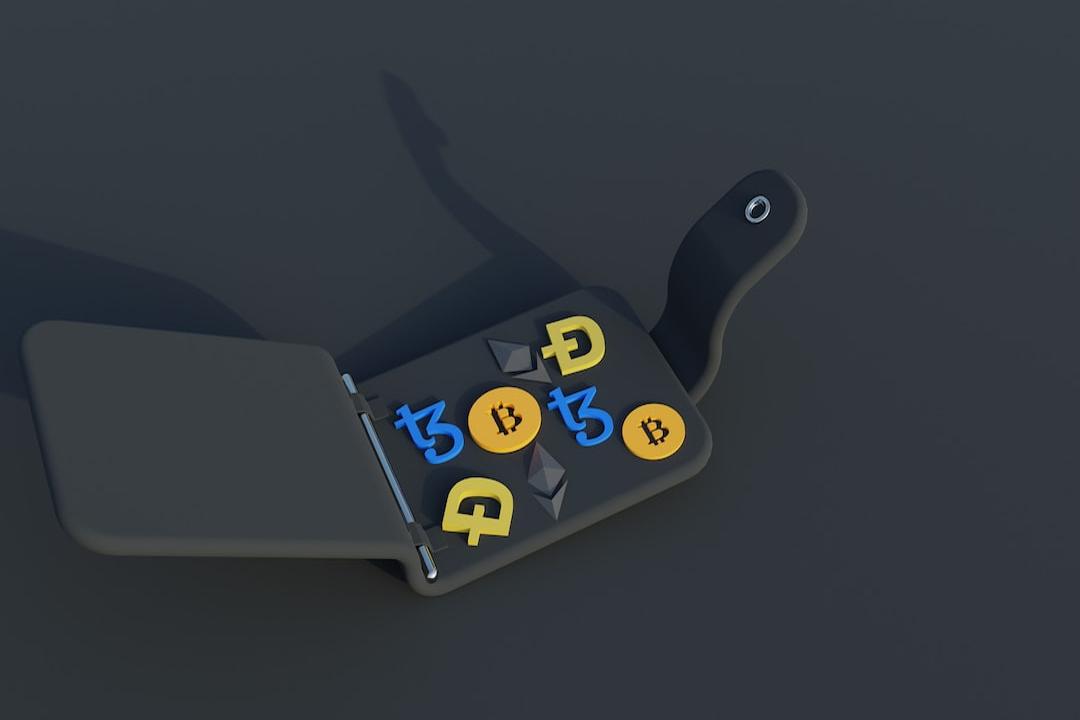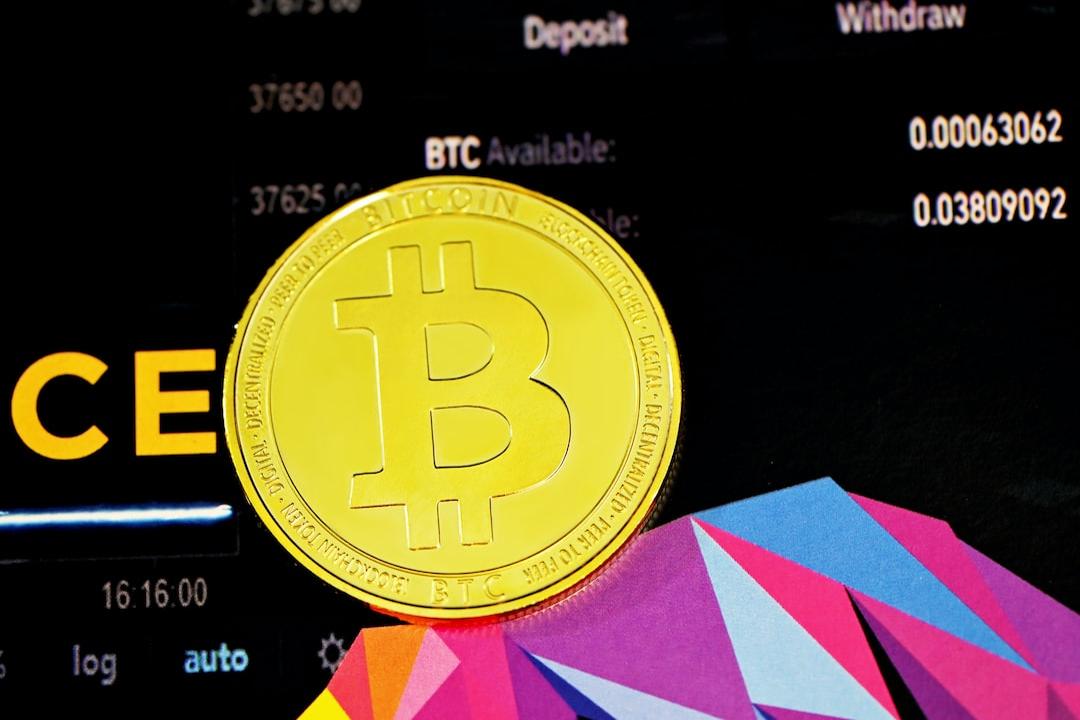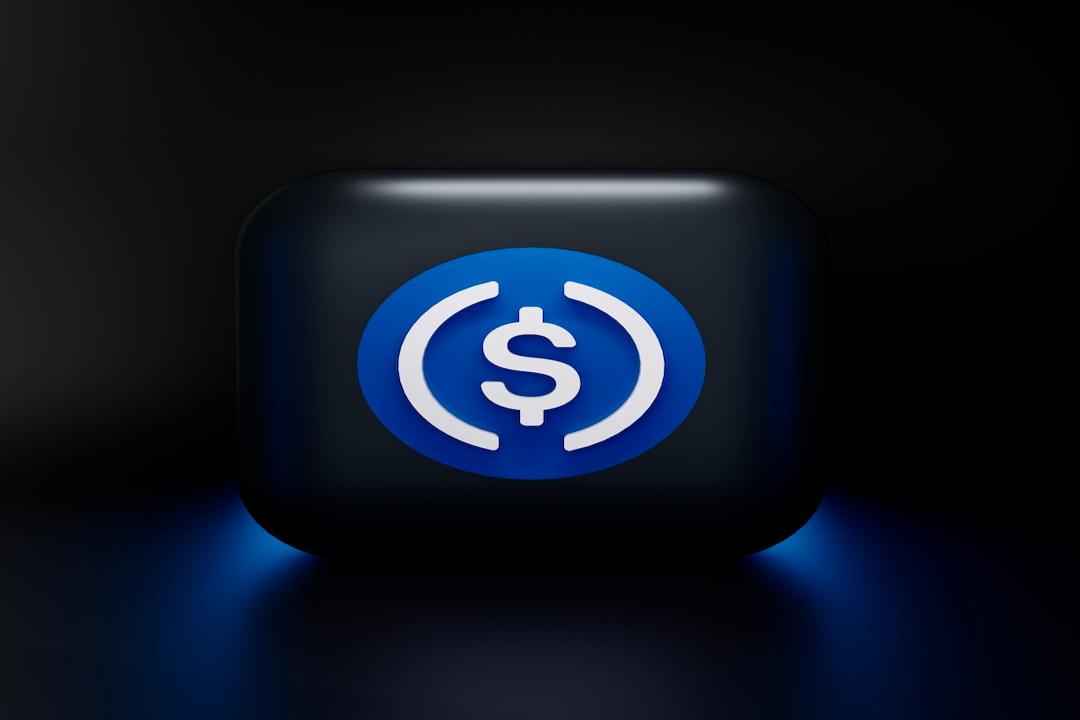CoinDesk Report:
Author: Will Wang
When imagining the future of finance, I undoubtedly introduce the numerous advantages that digital currencies and blockchain technology can bring: 24/7 availability, instant global liquidity, permissionless fair access, asset composability, and transparent asset management. This envisioned future financial world is gradually being built through tokenization.
BlackRock CEO Larry Fink emphasized the importance of tokenization for the future of finance in early 2024: “We believe the next step in financial services will be the tokenization of financial assets, meaning every stock, bond, and financial asset will operate on the same ledger.”
Asset digitization unfolds alongside technological maturity and measurable economic benefits but widespread adoption of asset tokenization won’t happen overnight. One of the most challenging aspects is transforming the infrastructure of traditional finance, a heavily regulated industry that requires participation from all players across the value chain.
Nevertheless, we’re already seeing the first wave of tokenization, driven primarily by investment returns in the current high-rate environment and practical use cases such as stablecoins and tokenized US Treasuries. The second wave of tokenization may be driven by asset categories with smaller market shares, less obvious returns, or more daunting technical challenges.
This article attempts to analyze tokenization through McKinsey & Co’s framework, examining its potential benefits and long-term challenges from the perspective of traditional finance, and concluding that despite ongoing challenges, the first wave of tokenization has arrived.
TL;DR
Tokenization refers to the process of creating digital representations of assets on the blockchain.
Tokenization brings many advantages: 24/7 availability, instant global liquidity, permissionless fair access, asset composability, and transparent asset management.
In financial services, the focus of tokenization is shifting towards “blockchain, not just cryptocurrency”.
Despite challenges, the first wave of tokenization has arrived, driven by significant adoption of stablecoins and the launch of tokenized US Treasuries, alongside clear regulatory frameworks.
McKinsey forecasts the tokenization market could reach a total market value of approximately $20 trillion to $40 trillion by 2030 (excluding cryptocurrency and stablecoin market values).
Comparisons with other significant paradigm shifts in technology illustrate that we are still in the early stages of the market.
The next wave of tokenization may be led by financial institutions and market infrastructure participants.

I. What is Tokenization?
“Tokenization” refers to the process of recording ownership claims on financial or real assets that exist in traditional ledgers onto a blockchain programmable platform, creating digital representations of assets. These assets can be traditional tangible assets (e.g., real estate, agricultural or mineral commodities, simulated art), financial assets (stocks, bonds), or intangible assets (e.g., digital art and other intellectual property).
The resulting “tokens” are certificates of ownership recorded on blockchain programmable platforms available for trading. Tokens not only serve as singular digital certificates but also typically consolidate the rules and logic governing the underlying assets transferred in traditional ledgers. Therefore, tokens are programmable and customizable to meet personalized scenarios and regulatory compliance requirements.

(Tokenization and Unified Ledger – Blueprint for Future Monetary Systems)
Asset tokenization involves four steps:
1.1 Identifying underlying assets
When asset owners or issuers identify assets that would benefit from tokenization, the process begins. This step requires clarity on the tokenization structure because specific details determine the design of the entire tokenization scheme, such as how the tokenization of a money market fund differs from the tokenization of carbon credits. The design of tokenization schemes is crucial in determining whether tokenized assets will be considered securities or commodities, which regulatory frameworks will apply, and which partners will be involved.
1.2 Token issuance and custody
Creating digital representations of underlying assets based on blockchain involves first securing the relevant underlying assets. This involves transferring assets into a controllable scope (whether physical or virtual), typically handled by qualified custodians or licensed trust companies.
Then, using specific forms of tokens on the blockchain to create digital representations of underlying assets, these tokens have embedded functionalities for executing coded rules. For this, asset owners choose specific token standards (ERC-20 and ERC-3643 are common standards), networks (private or public blockchains), and functionalities to embed (e.g., user transfer restrictions, freezing functions, and recovery), which can be implemented through tokenization service providers.
1.3 Token distribution and trading
Tokenized assets can be distributed to final investors through traditional channels or new channels like digital asset exchanges. Investors need to establish an account or wallet to hold digital assets, while any physical asset equivalents remain locked in the issuer’s account with traditional custodians. This step typically involves distributors (e.g., private wealth divisions of large banks) and transfer agents or trading brokers.
Depending on the issuer and asset category, tokenized assets can also be listed on secondary market trading platforms, creating liquidity markets for these tokenized assets post-issuance.
1.4 Asset servicing and data reconciliation
Digitally distributed assets to final investors still require ongoing services, including regulatory, tax, and accounting reporting, as well as regular Net Asset Value (NAV) calculations. The nature of services depends on the asset category. For example, servicing carbon credit tokens requires different audits than fund tokens. Services require coordination of on-chain and off-chain activities, handling extensive data sources.
Current tokenization processes are more complex; for example, in a money market fund tokenization scheme, up to nine parties may be involved (asset owners, issuers, traditional custodians, tokenization providers, transfer agents, digital asset custodians or trading brokers, secondary markets, distributors, and final investors), two more than traditional asset processes.
II. Advantages of Tokenization
Tokenization allows assets to harness the vast potential of digital currencies and blockchain technology. Broadly speaking, these advantages include 24/7 operations, data availability, and so-called instant atomic settlements. Furthermore, tokenization offers programmability—the ability to embed code within tokens and interact with smart contracts (composability)—enabling higher levels of automation.
Specifically, as asset tokenization scales up, the following advantages will become increasingly prominent alongside concept validation:
2.1 Improving capital efficiency
Tokenization can significantly enhance asset capital efficiency in the market. For instance, tokenized repurchase agreements (Repo) or redemptions of money market funds can be completed instantly within minutes (T+0), compared to the current traditional settlement time of T+2. In the current high-rate market environment, shorter settlement times can save significant funds. For investors, these savings in funding rates may be the key reason why recent tokenized US Treasury projects have had a huge impact.
On March 21, 2024, BlackRock and Securitize launched the first tokenized fund BUIDL on the public blockchain Ethereum. After tokenization, the fund achieved real-time settlement of unified ledger on-chain, significantly reducing transaction costs and improving capital efficiency. It enabled (1) fiat USD fund subscriptions/redemptions 24/7/365 with instant settlement, real-time redemption, which is a point that many traditional financial institutions are eager to achieve; simultaneously, cooperating with Circle to achieve (2) stablecoin USDC and fund token BUIDL 1:1 24/7/365 real-time exchange.
This tokenized fund linking traditional finance with digital finance represents a milestone innovation for the financial industry.

(Analyzing BlackRock’s Tokenized Fund BUIDL, opening up a beautiful new world for RWA assets to DeFi)
2.2 Permissionless democratic access
One of the most touted benefits of tokenization or blockchain is democratized access, which allows access without permission. After the feature of token fragmentation (dividing ownership into smaller shares, reducing investment thresholds), this characteristic may increase asset liquidity, provided the tokenization market becomes widespread.
In certain asset categories, simplifying intensive manual processes through smart contracts can significantly enhance unit economics, thus providing services to smaller-scale investors. However, access to these investments may be subject to regulatory restrictions, meaning many tokenized assets may only be available to qualified investors.
We can see prominent private equity giants like Hamilton Lane and KKR collaborating with Securitize, tokenizing their managed feeder funds, offering a “fair” way for a broader range of investors to participate in top-tier private equity funds, lowering the minimum investment threshold from an average of $5 million to just $20,000, but individual investors still need to undergo qualified investor verification through the Securitize platform, which imposes certain thresholds.

(RWA Detailed Report: Value, Exploration, and Practice of Fund Tokenization)
2.3
Saving operational costs
Asset programmability can be another source of cost savings, especially for asset categories that are often highly manual, error-prone, and involve numerous intermediaries, such as corporate bonds and other fixed income products. These products typically involve custom structures, imprecise interest calculations, and coupon payment expenses. Embedding operations such as interest calculations and coupon payments into token smart contracts canThe main impact is in issuance, but the end-to-end tokenization of the bond lifecycle can increase operational efficiency by at least 40% through data clarity, automation, embedded compliance (e.g., coding transferability rules into tokens), and streamlined processes (e.g., asset servicing). Additionally, cost reduction, faster issuance, or asset fragmentation can be improved for small issuers by achieving “just-in-time” financing (i.e., optimizing borrowing costs by raising specific amounts at specific times) and leveraging global capital pools to expand investor base.
Repo Transactions
Repo agreements are an example of tokenization adoption and its benefits. Broadridge Financial Solutions, Goldman Sachs, and JPMorgan currently trade trillions of dollars in repos every month. Unlike some tokenization use cases, repo transactions do not require tokenizing the entire value chain to realize real benefits.
Tokenizing repos primarily achieves operational and capital efficiency for financial institutions. Operationally, smart contract-enabled execution enables automation of daily lifecycle management (e.g., collateral valuation and margin calls), reducing errors and settlement failures while simplifying reporting. On the capital efficiency front, 24/7 real-time settlements and on-chain data analytics can meet intraday liquidity needs through short-term borrowing, enhancing collateral to improve capital efficiency.
Historically, most repo agreements have had terms of 24 hours or longer. Intraday liquidity can reduce counterparty risk, lower borrowing costs, facilitate short-term incremental borrowing, and reduce liquidity buffers.
Real-time, 24/7, cross-jurisdictional collateral flow can provide channels for higher returns, high-quality liquid assets, and optimize liquidity among market participants, maximizing their availability.
After the First Wave of Tokenization
The tokenization market is currently advancing steadily and is expected to accelerate with enhanced network effects. Given its characteristics, certain asset classes may enter the mass adoption stage more quickly, with tokenized assets exceeding $1 trillion by 2030.
McKinsey estimates that the first asset classes likely to be tokenized include cash and deposits, bonds, mutual funds, ETFs, and private credit. Cash and deposits (stablecoin use cases) already have a high adoption rate, benefiting from blockchain’s efficiency, value proposition, and increased feasibility in terms of technology and regulation.
McKinsey estimates that by 2030, the tokenized market value of all asset classes could reach around $20 trillion, with pessimistic and optimistic scenarios ranging from about $10 trillion to about $40 trillion, primarily driven by the following assets. This estimate does not include stablecoins, tokenized deposits, and central bank digital currencies (CBDCs).
Citi’s Money, Tokens, and Games report also forecasts a tokenization market size of $50 trillion by 2030, excluding tokenized cash.
The first wave of tokenization described earlier has completed the arduous task of mass market adoption, with the tokenization of other asset classes more likely to expand in scale only after the foundation laid by the first wave of asset tokenization or the emergence of clear catalysts.
For several other asset classes, adoption rates may be slower, either because expected returns are only incremental or due to feasibility issues, such as challenges in meeting compliance obligations or lack of incentives for key market participants. These asset classes include publicly traded and non-listed stocks, real estate, and precious metals.
How Financial Institutions Should Respond
Regardless of whether tokenization is at a turning point, a natural question is how financial institutions should respond to this moment. While the specific timing and ultimate adoption of tokenization remain unclear, early experiments by institutions with certain asset classes and use cases (e.g., money market funds, repos, private funds, corporate bonds) suggest that tokenization has the potential to scale up in the next two to five years. Those looking to establish a leading position in this ecosystem can consider the following steps.
Reassessing Basic Business Cases
Institutions should reevaluate the specific advantages and value propositions of tokenization, as well as implementation approaches and costs. Understanding the impact of higher rates and volatile public markets on specific assets or use cases is crucial for correctly assessing the potential benefits of tokenization. Similarly, continuously exploring the landscape of providers and understanding early applications of tokenization can help refine estimates of the technology’s costs and benefits.
Building Technical and Risk Capabilities
Regardless of where existing institutions stand in the tokenization value chain, they will need to build knowledge and capabilities to embrace the new wave. Establishing a fundamental understanding of tokenization technology and its related risks, particularly around blockchain infrastructure and governance responsibilities (who can approve what and when), token design (limitations on assets and enforcement of these restrictions), and system design (decisions about ledger and record locations and their impact on asset holder nature) is essential. Understanding these basic principles can also help remain proactive in subsequent communications with regulators and clients.
Establishing Ecosystem Resources
Given the relatively fragmented nature of the current digital world, institutional leaders must timely develop ecosystem strategies to integrate them into other (traditional) systems and partners to maintain a competitive edge.
Participating in Standards Setting
Finally, institutions looking to lead in the tokenization field should maintain communication with regulatory authorities and provide input on emerging standards. Some examples of key areas to consider standardizing include control (i.e., appropriate governance, risk, and control frameworks to protect ultimate investors), custody (what constitutes qualified custody of tokenized assets on private networks, when to use digital twins versus digital native records, what constitutes good control positions), token design (support for which types of token standards and related compliance engines), and blockchain support and data standards (what data is kept on-chain versus off-chain, reconciliation standards).
The Road Ahead
Comparing the current state of the tokenization market with other significant paradigm shifts in technology suggests that we are in the early stages of the market. Consumer technologies (such as the internet, smartphones, and social media) and financial innovations (such as credit cards and ETFs) typically show the fastest growth in the first five years after their inception (exceeding 100% annually). Subsequently, we see annual growth rates slow to around 50%, eventually reaching a more modest compound annual growth rate of 10% to 15% after more than a decade.
While tokenization experiments began as early as 2017, it is only in the recent years that a significant number of tokenized assets have been issued. Based on McKinsey’s estimates of the tokenization market in 2030, the average compound annual growth rate for all asset classes is 75%, with asset classes that emerged in the first wave of tokenization leading the way.
While it is reasonable to expect that tokenization will drive transformation in the financial industry over the next few decades and see mainstream financial institutions actively engaging in the market, such as BlackRock, Franklin Templeton, JPMorgan, among others, more institutions are still in a “wait-and-see” mode, awaiting clearer market signals.
We believe the tokenization market is at a tipping point, and once we see some key signs, the tokenization process will rapidly advance, including:
Infrastructure: Blockchain technology supporting trillions of dollars in transactions;
Integration: Seamless interoperability of blockchain for various applications;
Enablers: Widespread availability of tokenized cash (e.g., CBDCs, stablecoins, tokenized deposits) for instant settlement transactions;
Demand: Buyer participants’ interest in large-scale on-chain investment products;
Regulation: Actions providing certainty and supporting a more fair, transparent, and efficient financial system across jurisdictions, clarifying data access and security.
While we await the appearance of more catalytic signs, we expect a wave of mass adoption to follow the first wave of tokenization described earlier. This will be led by financial institutions and market infrastructure participants, collectively capturing market value to establish a leading position.
End of Text.

